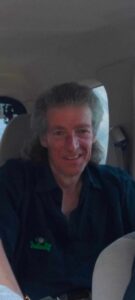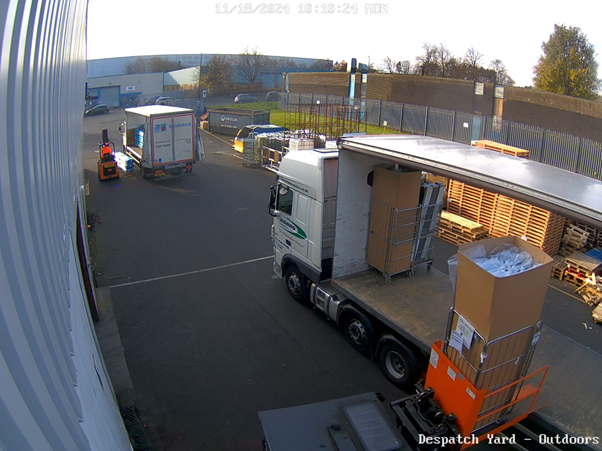Roofing company fined £16,650 after employee fell through skylight opening
- Employee sustained serious injuries after fall from height
- Company failed to implement safety measures for work at height activities
- Kingsley Roofing Contractors Limited fined £16,650
A Northampton roofing company has been fined £16,650 after an employee suffered serious injuries when he fell through a skylight opening.
Ryan Robinson, 31, was working for Kingsley Roofing Contractors Limited to recover a flat roof of single-storey extension at a domestic property on Sywell Road in Northampton.
Covers that had been installed over two large skylight openings had to be removed as part of preparation. Mr Robinson fell through one of these openings whilst removing material from the other, falling over three metres to the ground. His injuries required surgery and long-term treatment.
An investigation by the Health and Safety Executive (HSE) found that Kingsley Roofing Contractors Limited failed to properly plan work at height activities and implement measures that would have prevented their employees from falling through the skylight openings.
HSE guidance states employers must ensure that work at height is properly planned, appropriately supervised and carried out in a manner that is, so far as is reasonably practicable, safe. This means that control measures must be in place to prevent or protect from falls. In this case, a crash deck or safety netting under the openings would have prevented serious injury from occurring. Further guidance for working at height can be found at Health and safety in roof work – HSE.
Kingsley Roofing Contractors Limited of Chartergate, Clayfield Close, Moulton Park, Northampton pleaded guilty to breaching Section 3(1) of the Health and Safety at Work etc Act 1974. The company was fined £16,650 and ordered to pay £7,205 in costs and £2,000 victim surcharge at Birmingham Magistrates’ Court on 20 November 2025.
HSE Inspector, Chris Bennet, said: “Falls from height are the most common kinds of fatal accidents, accounting for over a quarter of fatal injuries to workers in 2024/25. This could be avoided through proper planning and implementation of effective controls.
“The fine imposed on Kingsley Roofing Contractors should underline to everyone in the construction industry that the courts, and HSE, take a failure to plan works at height extremely seriously. It is the duty of employers to ensure that everyone working on a building site returns home safely.”
Further Information:
- The Health and Safety Executive (HSE) is Britain’s national regulator for workplace health and safety. We are dedicated to protecting people and places, and helping everyone lead safer and healthier lives.
- More information about the legislation referred to in this case is available.
- Further details on the latest HSE news releases is available.
- Further relevant guidance can be found at Roof work – HSE and Health and safety in roof work – HSE.
- HSE does not pass sentences, set guidelines or collect any fines imposed. Relevant sentencing guidelines must be followed unless the court is satisfied that it would be contrary to the interests of justice to do so. The sentencing guidelines for health and safety offences can be found here.




